You're confusing "waves" and "hills." Those are "waves"... A hill is where land (or in this case, water), does not flop up for a few seconds and fall back down. Hills are a permanent slope where one can climb the surface without disturbing the structure.
Wilbur Voliva, a famous flat-Earther in the early 20th century, gave lectures all over America against Newtonian astronomy. He would begin by walking on stage with a book, a balloon, a feather and a brick, and ask the audience: “How is it that a law of gravitation can pull up a toy balloon and cannot put up a brick? I throw up this book. Why doesn’t it go on up? That book went up as far as the force behind it forced it and it fell because it was heavier than the air and that is the only reason. I cut the string of a toy balloon. It rises, gets to a certain height and then it begins to settle. I take this brick and a feather. I blow the feather. Yonder it goes. Finally, it begins to settle and comes down. This brick goes up as far as the force forces it and then it comes down because it is heavier than the air. That is all.”
What he is talking about is layers of density. In the brick's case, it is heavier than most layers of water (but not at the very deepest, very there are possibly even denser objects). The book is probably light enough to float, but heavier than the air. If the feather's case it is heavier than the air, but only slightly. It's light enough that propulsion (wind/blowing air at it) will hold it aloft, only for to return to the ground when there is no more propulsion. The balloon actually has upward loft because of whatever gas is in it. If it's say helium it might get quite high, but will eventually settle at that height and not go any higher. If it managed to, depressurization would pop the balloon.
“Any object which is heavier than the air, and which is unsupported, has a natural tendency to fall by its own weight. Newton's famous apple at Woolsthorpe, or any other apple when ripe, loses hold of its stalk, and, being heavier than the air, drops as a matter of necessity, to the ground, totally irrespective of any attraction of the Earth.
In other words, it falls by being heavier than air, not because of some invisible "force."
For, if such attraction existed, why does not the Earth attract the rising smoke which is not nearly so heavy as the apple?
If a force such as gravity did exist, objects with weak upward propulsion would fall as quickly as heavier objects, as they are pulled toward the ground by a force with greater gravity than their mass. But propulsion is not needed for an object to continue flying, only sufficiently low mass and initial propulsion (the flames boosting the smoke into the air). It continues at its elevation even after leaving the source of the flame .
The answer is simple - because the smoke is lighter than the air, and, therefore, does not fall but ascends. Gravitation is only a subterfuge, employed by Newton in his attempt to prove that the Earth revolves round the Sun, and the quicker it is relegated to the tomb of all the Capulets, the better will it be for all classes of society.” -David Wardlaw Scott, “Terra Firma”
Heliocentrists claim the ball-Earth is perpetually spinning on its axis at a mind-numbing 1,038 miles per hour, or 19 miles per second, and somehow people, animals, buildings, oceans, and other surface phenomena can stick to the under-side of the spinning ball without falling or flying off. Take a ride on the “Gravitron” at your local amusement park, however, and notice how the faster it spins, the more you are pushed away from the center of spin, not towards it. Even if the centripetal (inward pulling) force of gravity did exist, which it does not, the centrifugal (outward pushing) force of the ball-Earth’s supposed 19 mile per second spin would also exist and have to be overcome, yet neither of these opposing forces have ever been shown to have any existence outside the imaginations of heliocentric “scientists.”

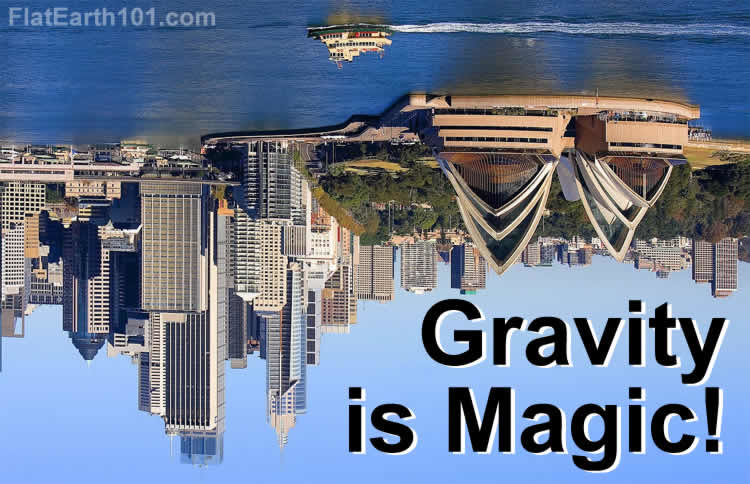
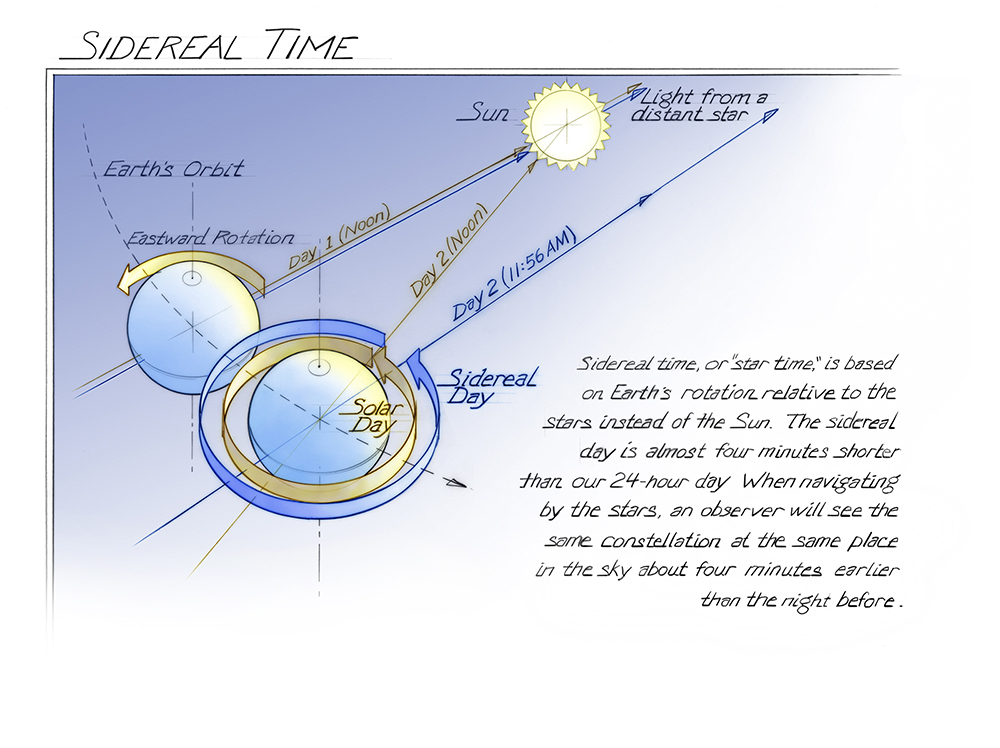
I have relatives who live in California. If I were to call them at sun-up...they would be mightily pissed, because, at this time of year, the sun "comes up" out here where I live in the far eastern edge of the US at about 5:30...but it doesn't come up until over three hours later (in the far west edge of the US) where they live.
I also have a close cousin who lives in Beirut, Lebanon...and if he were to call me at his sun-down (8:30 PM)...I would receive the call at about 3:00 in the morning my time, because of the 7 hour time differential.
Since the Earth is flat...why does this happen? Why doesn't the Sun come up at about the same time everywhere?

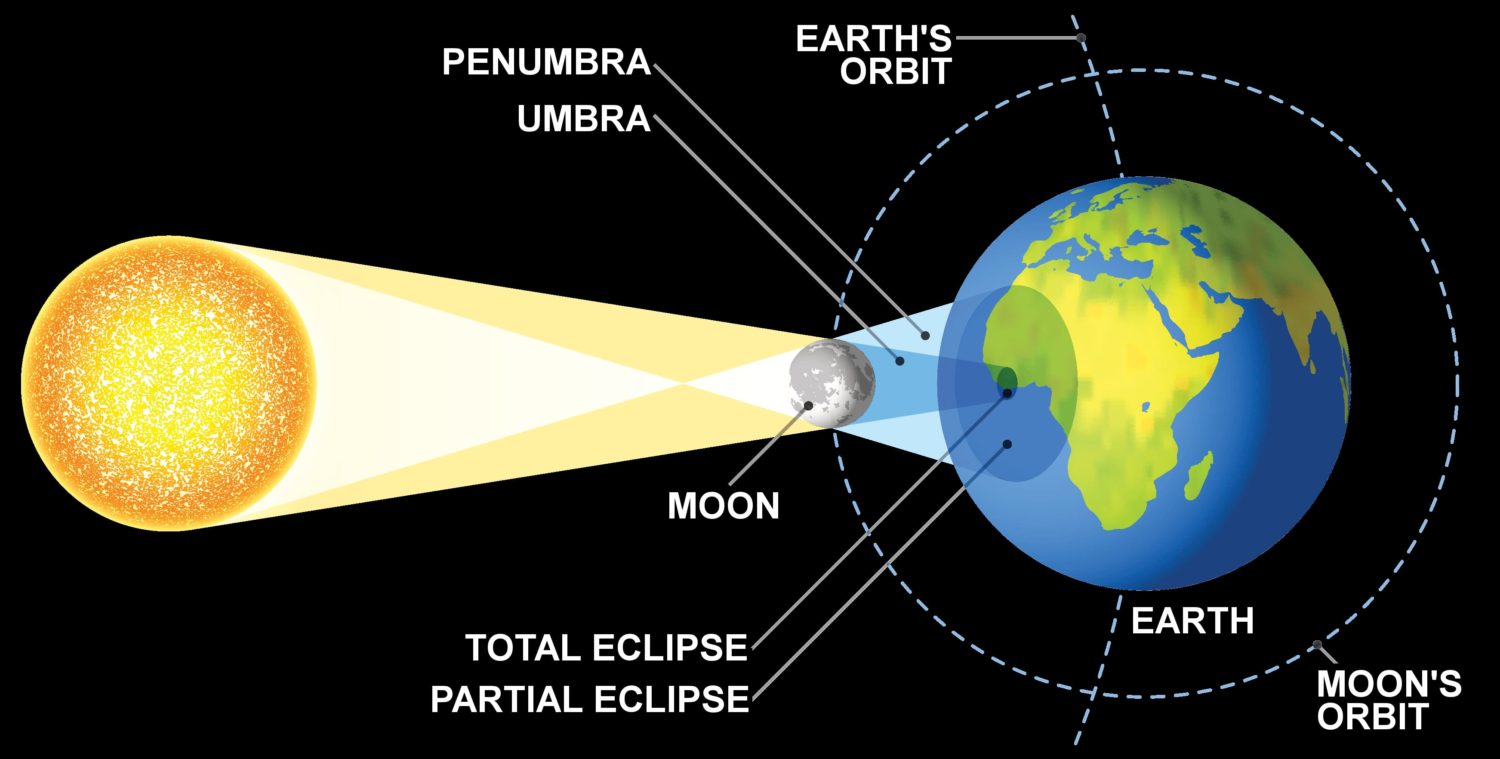

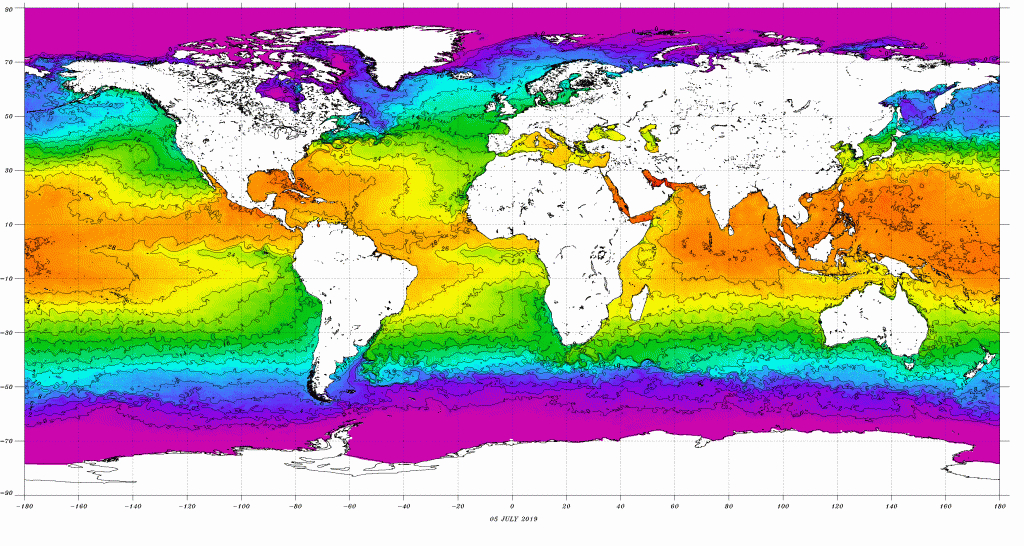
Actually, they're not that great of lengths.
Not when compared with the lengths people in NASA go to make billions. It takes me about an hour to doctor one image, to show exactly how they do it. It's a simple curve bend and crop job. Meanwhile, they polish the photo so that it looks "real". Likewise, the scientists in their pocket come up with theory after theory.
1. If the Earth is rotating, wobbling, and orbiting, why aren't we feeling motion sick?
"Oh that's easy, it's because all of this (Oh really? So if I ride a roller coaster, and it's turning along a track sideways but never loses speed I won't feel violently ill?)"
2. Wait, if the Earth is moving at a constant speed, every six months, shouldn't the day and night be reversed as we wind up behind the sun when before the sun was in front of us?
"Oh, it's because of sidereal days! The system works, trust us!"
3. If the Earth is suddenly shifting like this, shouldn't it screw with tides or something? I mean, the Earth is suddenly switching direction, and the moon should be in a different place, then.
"Oh that's easy it's because... (other excuse)"
Quote:I have relatives who live in California. If I were to call them at sun-up...they would be mightily pissed, because, at this time of year, the sun "comes up" out here where I live in the far eastern edge of the US at about 5:30...but it doesn't come up until over three hours later (in the far west edge of the US) where they live.
I also have a close cousin who lives in Beirut, Lebanon...and if he were to call me at his sun-down (8:30 PM)...I would receive the call at about 3:00 in the morning my time, because of the 7 hour time differential.
Since the Earth is flat...why does this happen? Why doesn't the Sun come up at about the same time everywhere?
When you have an eclipse, the sun and moon seem to move in the path of each other, no? Then they kinda lock up and you either see a lunar eclipse or a solar eclipse. They seem to be the same size, and just move in front of each other.
"No, you're just seeing things, it's really this happening."
(Occam's Razor!!! Why aren't they just the same size?!? Also, that in no way is an eclipse. To eclipse something is to block it. In a flat Earth scenario, lunar eclipse has the moon with the sun behind it, lined up with Earth, while solar eclipse has the sun in front, which is why the solar eclipse is unsafe to look at, because we are looking directly at the sun. It still doesn't occur everywhere because it only lines up in a specific place)
See, that's the thing, the sun and moon are actually only big enough to show up in a portion of the sky. As they move out of sight, they "set."
There's a simple experiment that you can perform. Go to a dark room, the darkest in your house (draw the shades if necessary or wait until night). Get a small, non fragile lamp, one the you can lift, and either a long extension cord or a lantern. Like this...
Start by measuring the circle of the light, and gradually lift the lantern and remeasure. It will have to be pretty distant to start to shrink in size, generally growing the higher you lift it. This is a small object, so you had better believe that an object as huge as you've been told the sun is will cast light enough to cover the entire world if it's at a distant enough point. So now, we're going to lower it again, just enough barely be above the ground. And I want you to get a map (preferably big and with not corrections, such as a sea chart or something).

Blow this map up to a size where the light only barely touches the south hemisphere, taping sheets of paper together. This time, go very slowly from east to west in a straight line starting at the northern hemisphere. Now, the Earth is a disc, not a square, but this gives you a general idea what's happening. The light from this "sun" is rising in east because it's coming from the east and setting into the west because it's moving out of sight toward the west. As you move, gradually, the light will drop from sight in places and come into sight in others. Also note that the southern hemisphere isn't getting as much sun. I learned about this when going to South Africa. Our summers were their winters because of something called seasonal inversion. It freaked me out, but yeah this is a thing. So do it again but this time for the southern part of the map. You'll note that now the north side has winter weather. You'll also notice that areas near the extremes get a minimum amount of sun. This is consistent with what we know about the Earth.
If you have a disc-shaped map like some of the flat Earth ones, you move the sun along either the outer circle or the inner circle (where the Tropic of Cancer and Capricorn would be).
The sun is smaller than you are told, roughly the same size as the moon. It's not a distance thing, because the sun is a great deal more maneuverable at lower speeds than the blinding speed that Earth supposedly orbits/rotates/etc. This is due to its position and proximity to Earth. It is able to move around the Earth in 24 hours much like a light moving overhead.

Why are areas further west from a given point light later and dark later than places east of them?
I'm not trying to "come up" with an explanation.
It's a matter of centering light on an area. The very center gets the best sun, while the outskirts get substantially less. During different seasons to northern or southern hemisphere gets more or less sun. But equator typically overlaps all year long. You have shorter or longer days depending on the season because light barely hits those areas (at the edge, the sun crosses only a few hours). And you can predict this because the sun moves in a predictable path crossing past the Earth every day.
I think the sun in this map I drew is too high.
Prior to the wide acceptance of global theory, the Tropic of Cancer and Capricorn were actually relevant. They were the areas where the sun passed in summer and winter. The equator gets hit by sun year around due to overlap, with it probably being hotter in the middle of the year. I'll check if that's right. Galapagos Islands are equatorial, so I'll look that up.
https://www.greengotravel.com/blog/galapagos-weather-by-month-guide/
Yup, the highest temperature months are March, April, and May rather than being equally warm all year. It starts to drop again in June, with a slight warm season December to just before March.
This "lantern" would basically have the most hours near its center, expanding outward would still have alot of hours, but the edge areas might get stiffed (winter sunlight).
Quote:Why are areas further west from a given point light later and dark later than places east of them?
Uhhhh it heads east to west? <-----
Earlier on, it's in like China or somewhere, and later, it's in SoCal. By the time the time zones catch up, it's later in the day. If we had universal time, this would be blatantly obvious. California would have a sunrise about three hours later, because this is when the sun makes it there.
In contrast, there is no way in hell that you can predict a wobbling, orbiting, rotating object. It would literally be spiraling all over the place. You wouldn't have the same hours of sunlight from day to day. Every day, you would have this wobble throwing something off, and the motion of about three axises means it could end up diagonal or backwards from yesterday. BULL...****.


Okay...so the scientists are wrong about the composition of our solar system...and the mechanics by which they say it runs. Instead, the Sun (of whatever size) revolves around our flat Earth.
NASA's $25.2 billion budget for fiscal year 2021 is about a 12% increase over FY 2020.




Quote:Okay...so the scientists are wrong about the composition of our solar system...and the mechanics by which they say it runs. Instead, the Sun (of whatever size) revolves around our flat Earth.
No. If they were simply wrong about it, I could live with that.
Here's what I cannot live with. Especially if people are not simply wrong, but lying to us.
Quote:NASA's $25.2 billion budget for fiscal year 2021 is about a 12% increase over FY 2020.
For each billion in dollars of government expenditure, taxes for working and middle class are higher (the rich typically know tax loopholes, which is why they are rich, so it is senseless to as the left claims to do "tax the rich" as instead the poor and average are hurt by this). Between this and the "Ukraine crisis," we are paying upwards of $60 billion. You realize that the entire state of Alaska was paid for indefinitely with only $7 million? Supposing inflation is about 1000 times (probly not, but let's go with that) back then, you could buy a nice stretch of land or keep a whole country fed and clothed on that.
Instead, we waste it on a country I don't care about, and on pictures that could very well be fake. Do you see yet why this matters to me? It's not just lies and waste, it's egregious lies and waste.
To answer your other question, if the sun is not the size depicted in this...
(Even as far away as it supposedly is, I'm asking the same question about a sun that size!)
...but the exact same size as the moon in that picture, then yes, the light of the sun would not cover the whole Earth, but rather be more like a lantern light, only giving off a radius of light.
Btw, fun fact. You know sparklers? Those firework things you wave around in July 4th? Well uhhh, they actually have 1000+ degrees of heat (as much as 1800°F to 3000°F)! The average stove gives off only about 550°F of heat at maximum, but you can burn a roast with the latter, and not even cook bread with the former.
So what's going on here? Simple, heat is subject to mass.
https://www.sparklersonline.com/sparkler-safety/how-hot-are-sparklers-the-science-behind-your-wedding-light-show/
The smaller the object, the less it hurts us with its heat (of course, heat is also subject to diffusion as part of the laws of thermodynamics, which is why you cannot heat a house without steady heat pumping in).
A big sun necessarily has to be far away, or we get nicely browned. A small sun on the other hand gives us a sparkler effect, warm but not unbearable.



